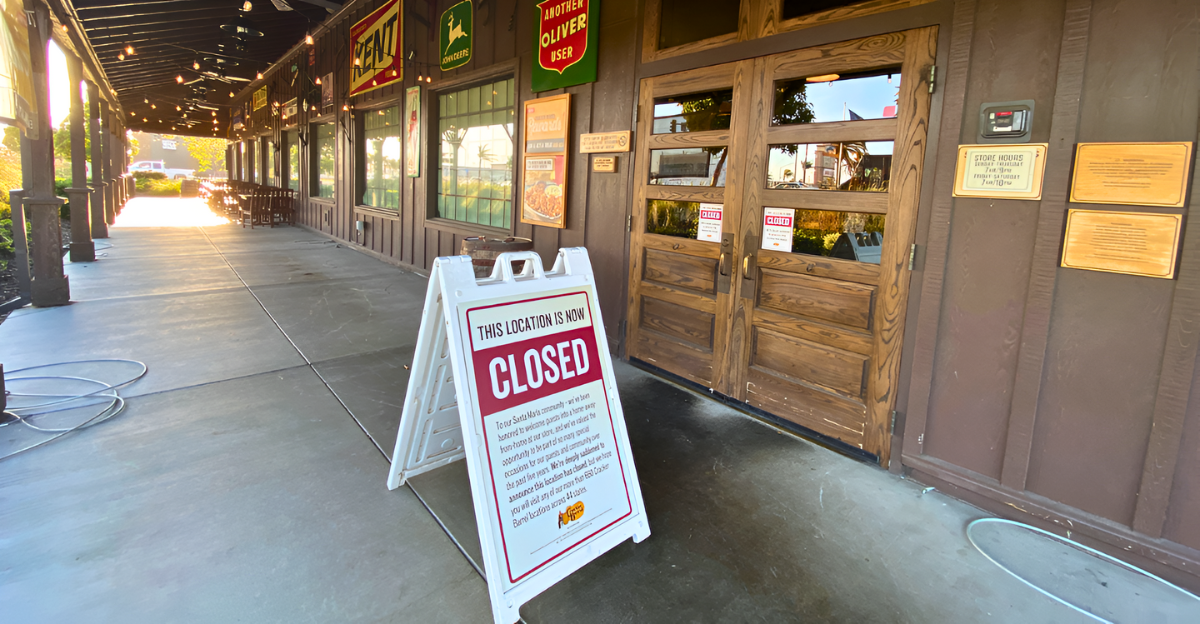
Cracker Barrel has been a staple of Southern dining since 1969, but now, it is facing a pivotal moment. Recent financial setbacks and customer backlash have forced the company to reconsider its strategy.
With more than 650 locations across America, the stakes are high for the brand and its loyal fanbase. But what is causing this sudden turbulence?
Financial Pressures Mount
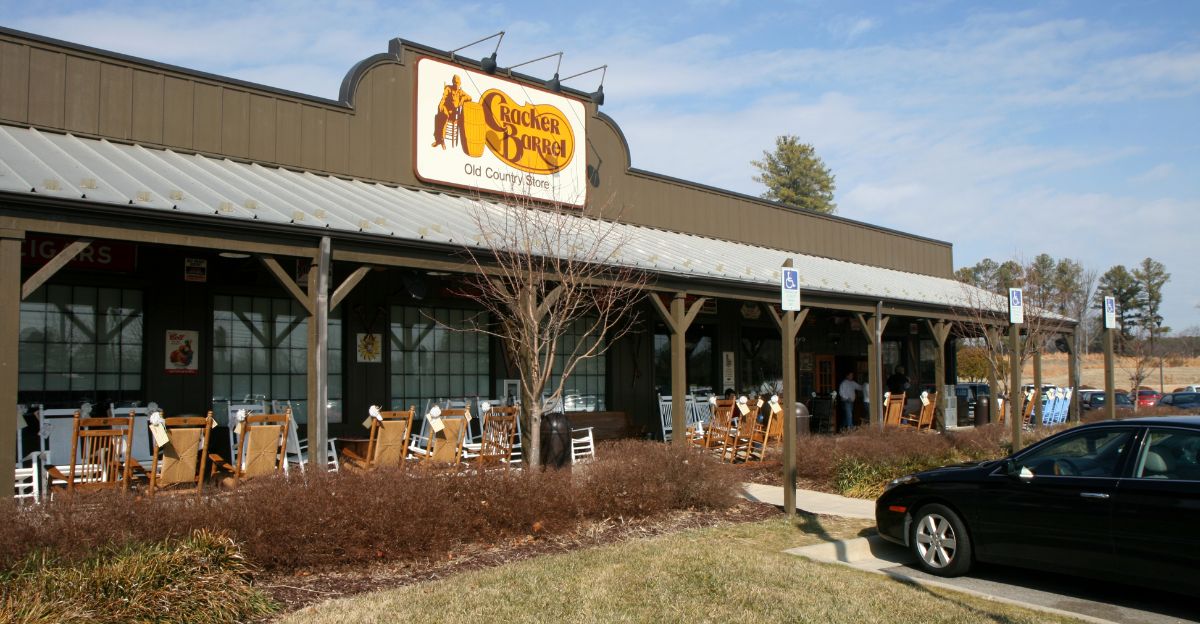
According to TradingView, for the full fiscal year 2025, Cracker Barrel’s total revenue was $3.48 billion, but its net income growth lagged behind expectations.
Cracker Barrel has recently revealed that it expects a same-store traffic decline of 4% to 7% for fiscal 2026, signaling deeper challenges ahead. Investors have taken notice of the situation, with the company’s stock dropping 27% in just one month.
Southern Roots, Modern Strains
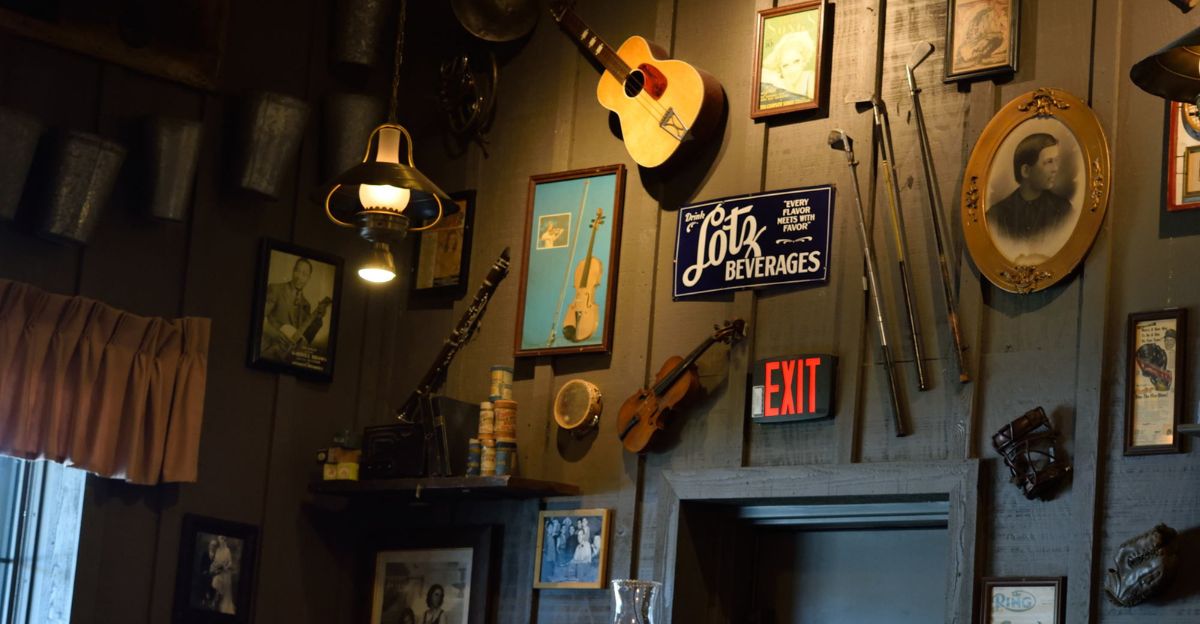
Cracker Barrel is known for its Southern charm and nostalgia. However, as the restaurant industry has changed with time, the company has struggled to balance tradition with modernization.
Its acquisition of Maple Street Biscuit Company in 2019 was meant to diversify its offerings, but integration has not been easy.
Backlash Builds
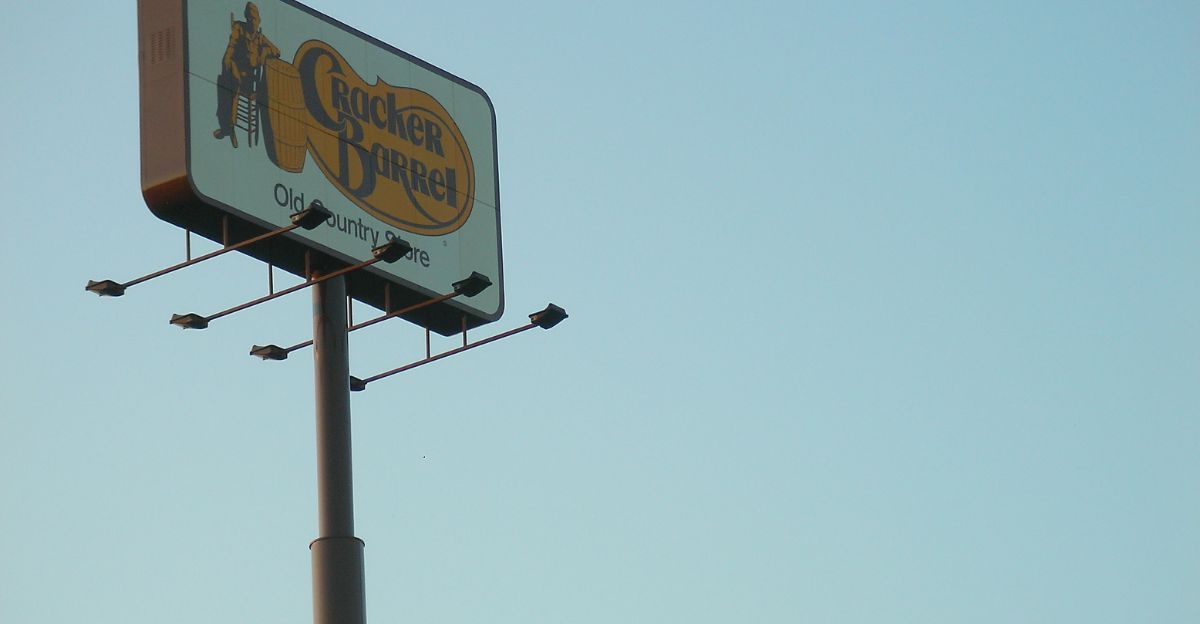
Recent attempts to modernize the chain, like a new minimalist logo and store remodels, sparked intense backlash as soon as they reached the public.
Fans accused Cracker Barrel of abandoning its core values. Social media erupted, and even political figures weighed in, urging a return to the brand’s heritage.
Closures Announced
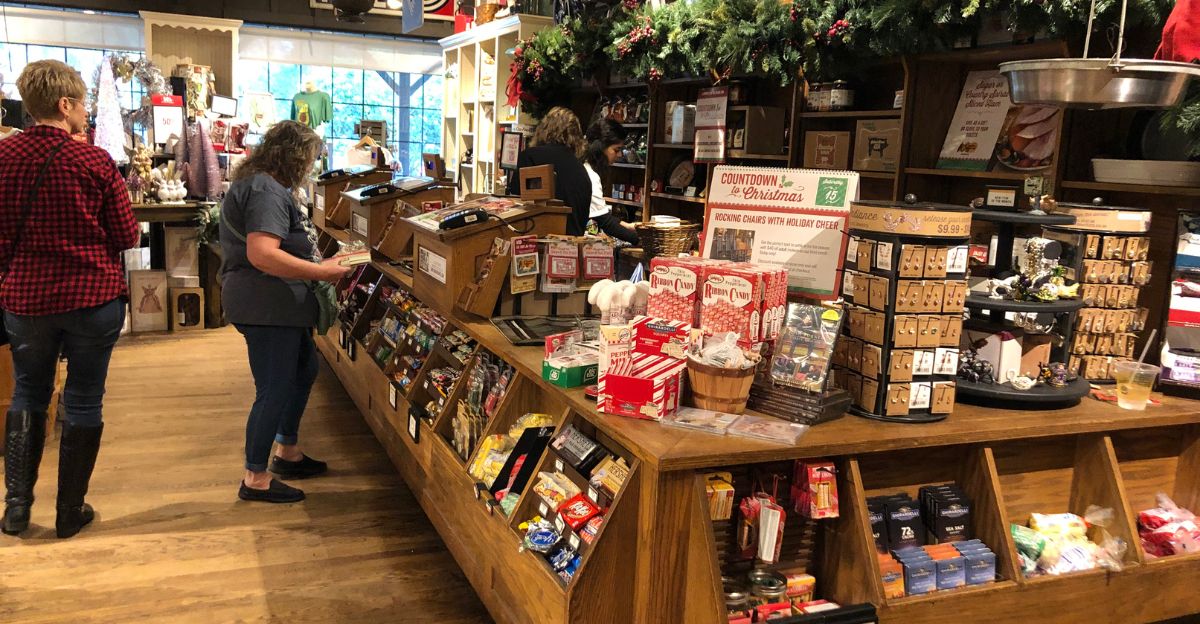
According to The Street, Cracker Barrel has revealed that it will be closing 14 Maple Street Biscuit Company locations in fiscal 2026. This move follows a reported $700 million financial impact and marks a significant strategic shift for the company.
“We have decided to slow down Maple Street’s unit growth in the short term while they work on improving that business model, and as part of our focus on investing in the Cracker Barrel business,” Craig Pommells, the CFO of Cracker Barrel, revealed during an earnings call.
Regional Fallout
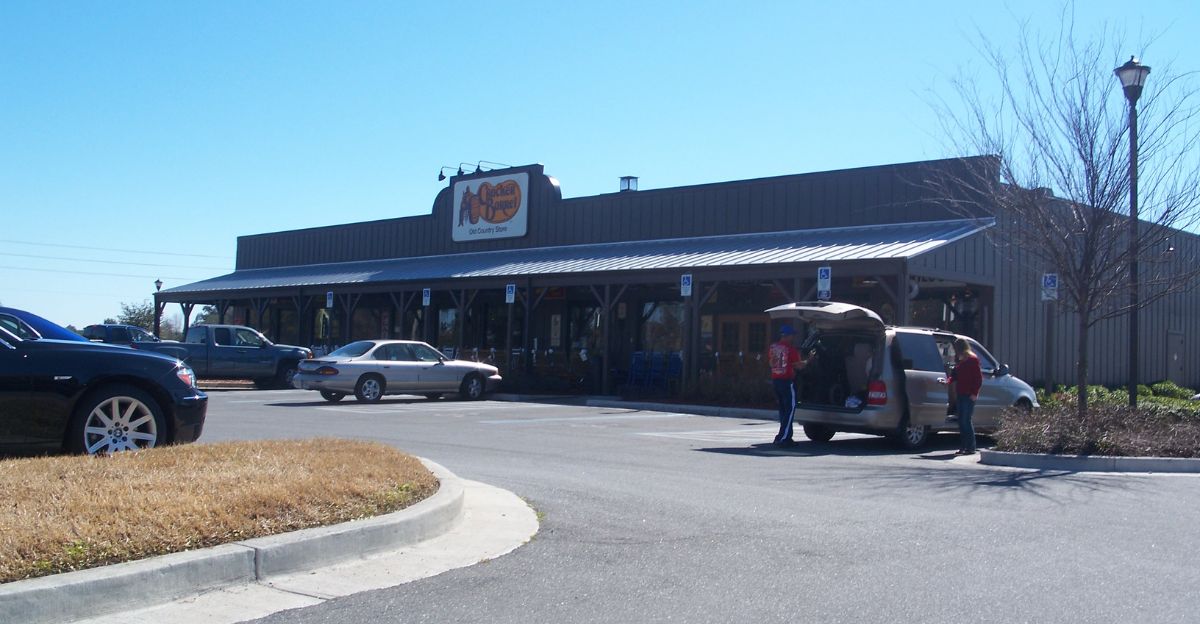
The closures will affect multiple states, particularly in the Southeast, where Maple Street Biscuit Company has expanded rapidly.
Local economies and employees in these regions now face uncertainty as the company shrinks its operations.
Human Toll

The announcement brings anxiety and disruption for employees at the 14 closing locations.
Many people had joined Maple Street for its growth potential, only to have these plans reversed. Customers have also expressed disappointment at losing a favorite neighborhood spot.
Competitors React

Rival chains are watching closely. Some, like Waffle House and IHOP, could see an opportunity to draw in displaced customers.
Meanwhile, industry analysts have noted that Cracker Barrel’s retrenchment could signal broader pressures in the casual dining sector.
Industry Headwinds
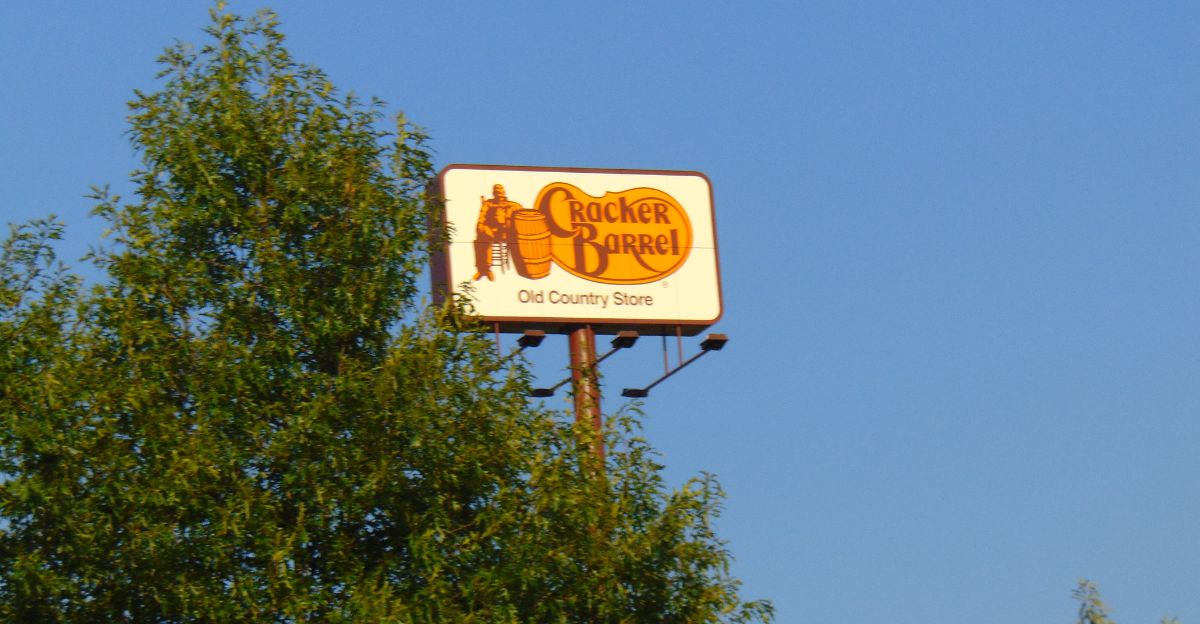
The restaurant industry faces rising costs, shifting consumer preferences, and post-pandemic volatility.
Cracker Barrel’s struggles mirror those of other legacy brands that have been trying to adapt without alienating loyal patrons.
Remodels Paused

In response to the recent backlash, Cracker Barrel has suspended all store remodels and reverted to its classic “Old Timer” logo.
Luckily, only four of the brand’s 660 locations were remodeled before the project was halted, showing the power of customer sentiment.
Internal Friction
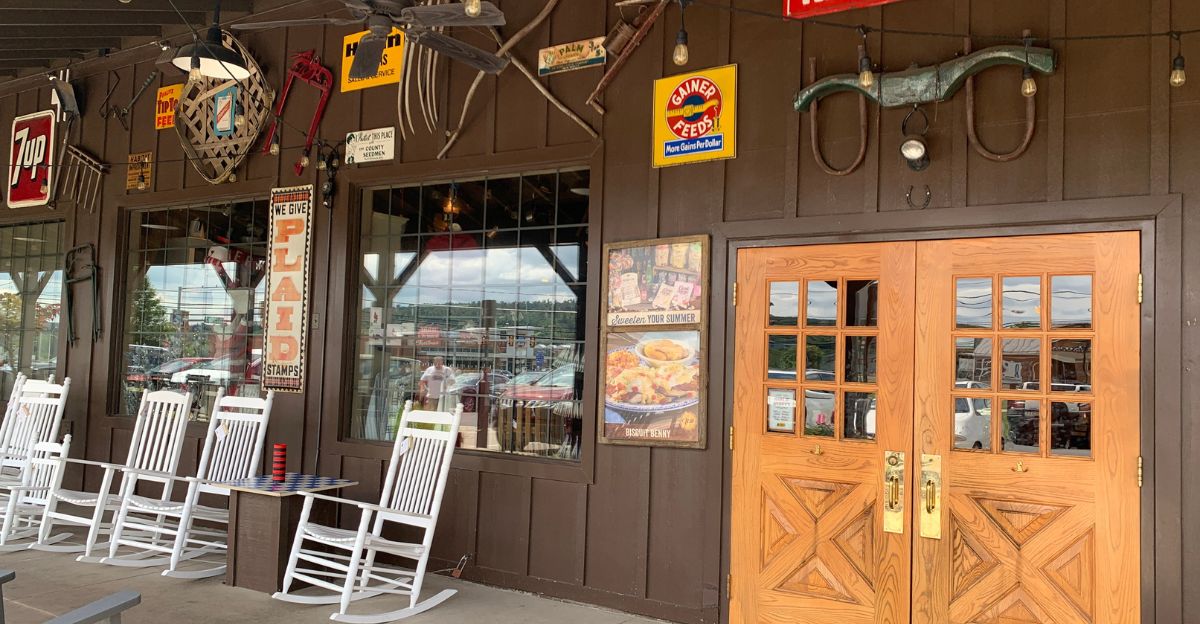
Company leaders have admitted that they made mistakes in updating the brand. CEO Julie Masino said, “We’ve listened,” as Cracker Barrel shifts focus back to its traditional style.
Some board members reportedly pushed for faster modernization, while others thought the company should take a slower, more careful approach.
Leadership in Flux
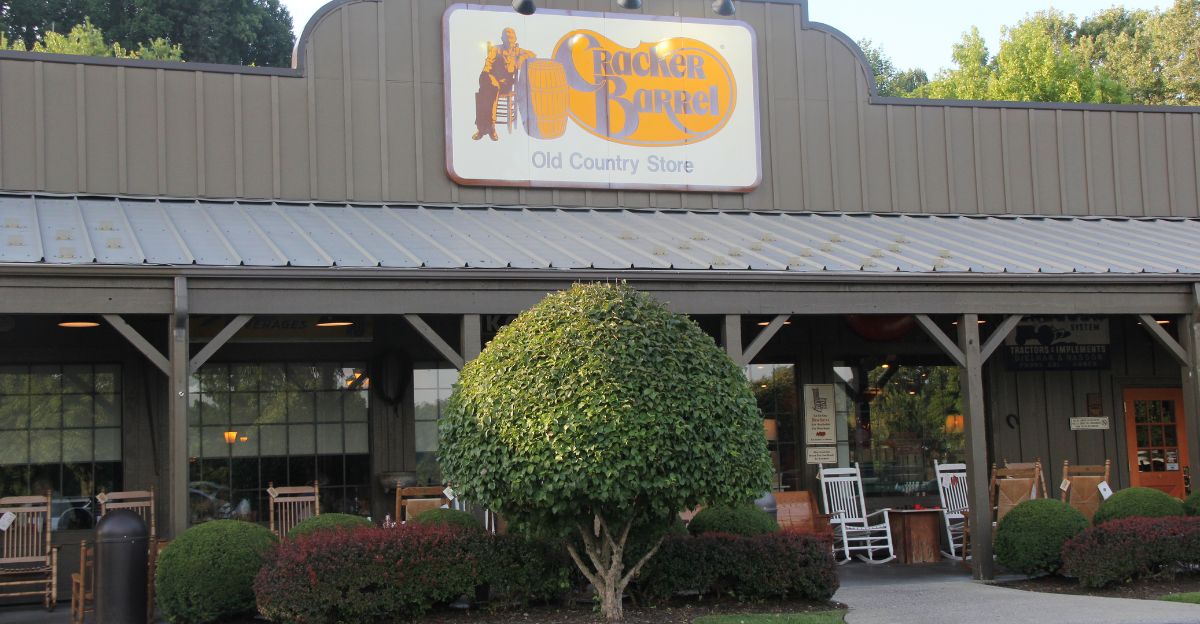
Julie Masino, who was appointed CEO in 2023, faces mounting pressure to stabilize the company.
Her leadership is under scrutiny as she balances investor demands with customer loyalty. The board’s support remains, but patience may be wearing thin.
Comeback Blueprint
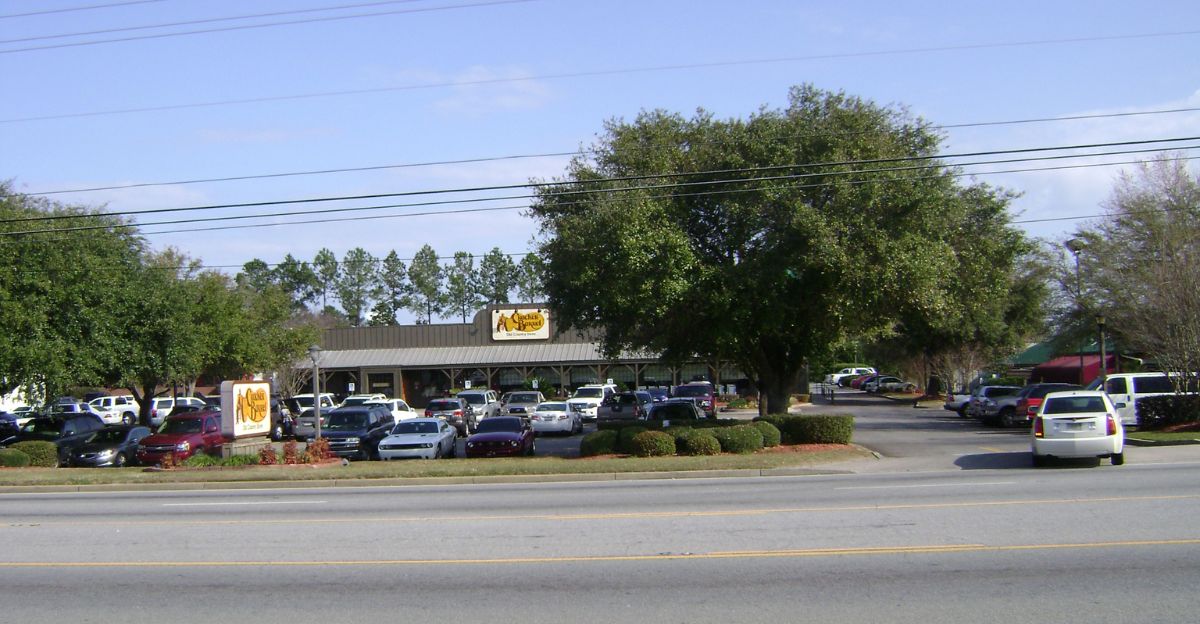
Meanwhile, Cracker Barrel is now focusing on operational improvements and marketing that emphasizes its heritage.
The company plans to invest more in kitchen quality and guest experience, hoping to regain lost momentum and rebuild trust.
Analyst Doubts

Even with these changes, some experts remain skeptical.
With comparable-restaurant traffic expected to decline and revenue guidance lowered to $3.35 to $3.45 billion, questions linger about the company’s long-term viability.
What’s Next?
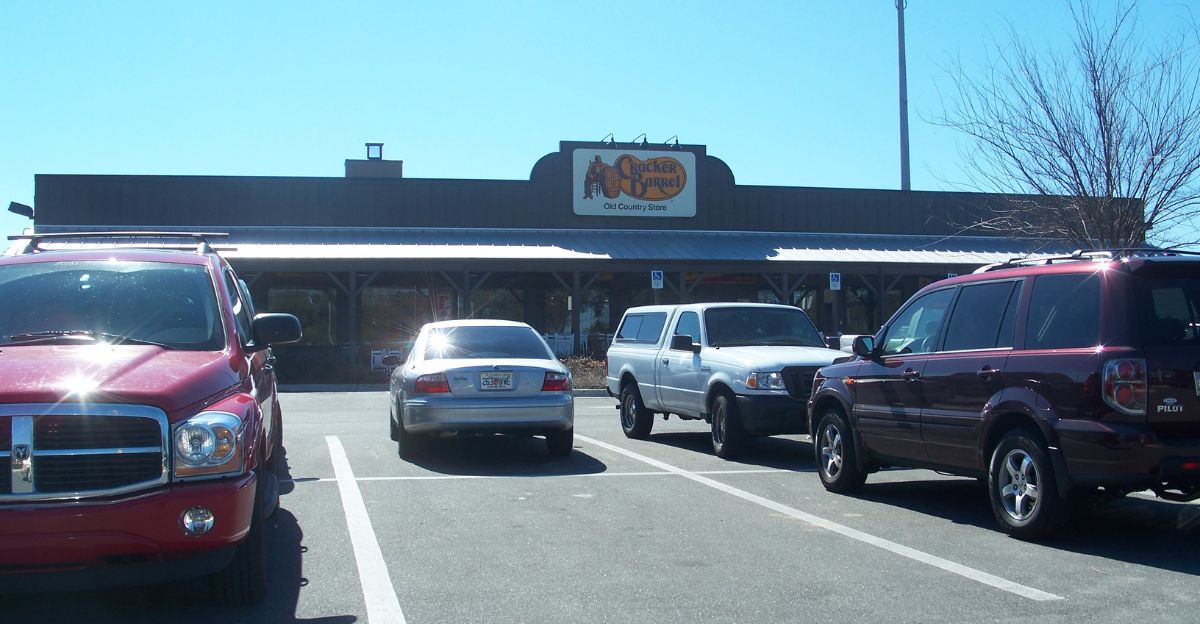
Everyone is now left wondering: Will Cracker Barrel’s return to tradition be enough to reverse its fortunes?
The company’s next moves will be closely watched by investors, employees, and fans as it navigates a rapidly changing industry landscape.
Policy and Political Ripples

The controversy has drawn attention from policymakers, with some calling for greater transparency in corporate decision-making.
This current situation highlights the influence of public opinion on business strategy in the digital age.
International Perspective
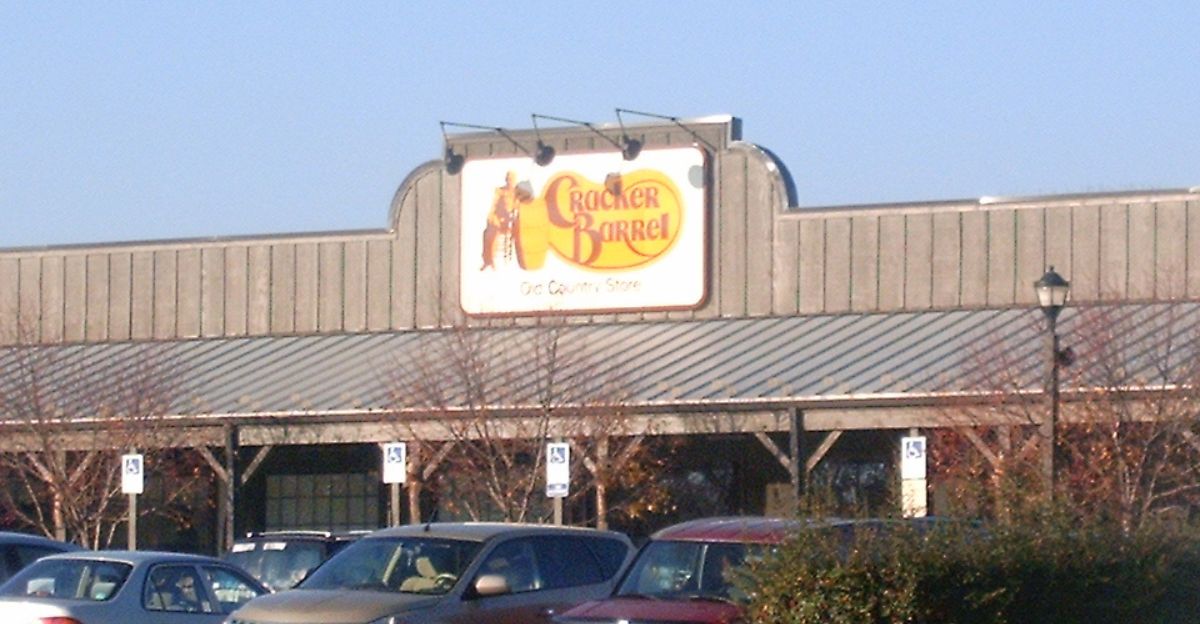
While Cracker Barrel’s troubles are primarily domestic, international observers have noted similar challenges for heritage brands around the world.
The balance between innovation and tradition is a global dilemma for legacy companies like Cracker Barrel.
Legal and Environmental Angles
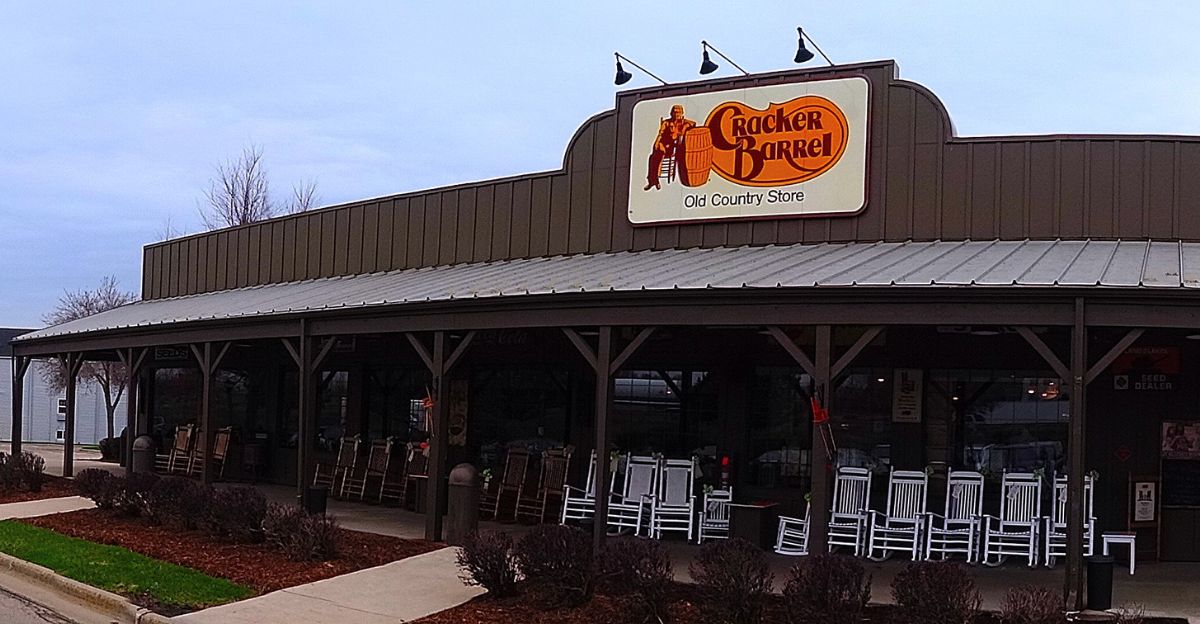
No major lawsuits have emerged from the closures, but labor advocates are monitoring severance and transition support for affected workers.
The environmental impacts of these changes are minimal, as most closures involve leased properties rather than new construction.
Cultural Shifts
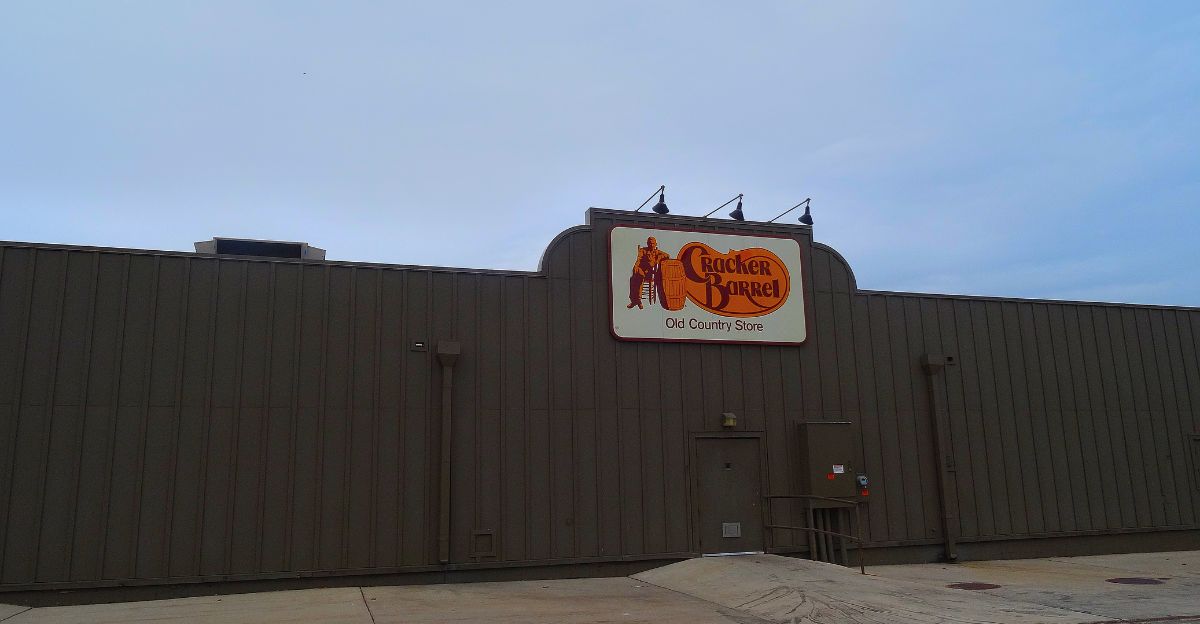
The backlash against modernization reflects a broader cultural debate over authenticity and nostalgia.
For many, Cracker Barrel represents more than food; it’s a symbol of continuity in a fast-changing world.
Why It Matters
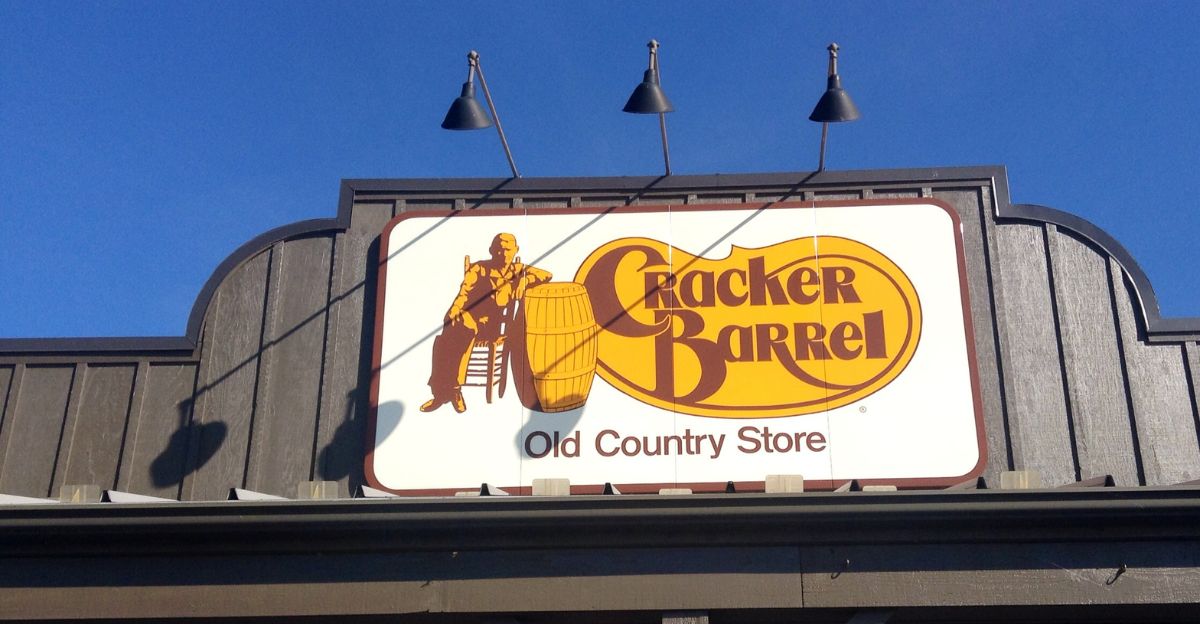
Cracker Barrel’s story is a cautionary tale for brands navigating change.
The company’s willingness to listen and adapt could determine its future, but this situation underscores the risks of losing touch with its core identity in pursuit of growth.